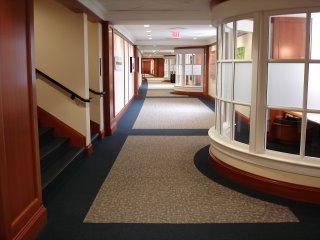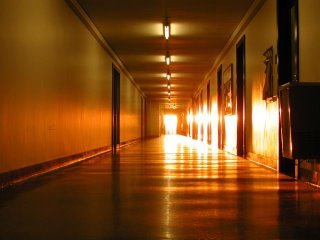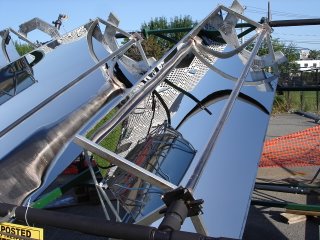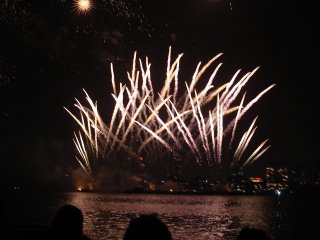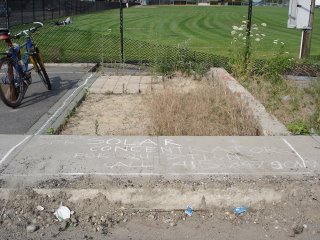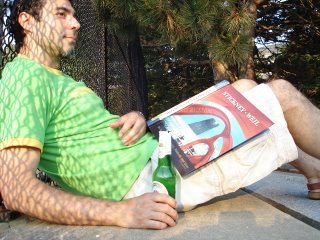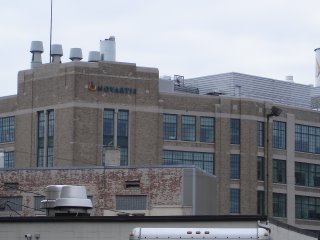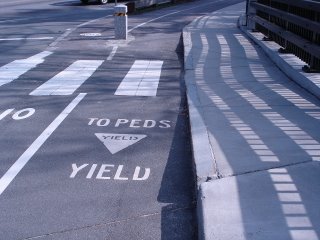Signing Off
I'm writing this as I'm waiting for a taxi to take me to the airport. I'm heading to South Africa (Lesotho, to be exact) to join the rest of my teammates who are currently building the first of three solar power units comissioned by the World Bank. I'll be there for three weeks, high in the mountains of Lesotho, in a small village called Bethel. Away from e-mail, phone and the small conveniences of modern life. I'm not sure what to expect, but it will be an interesting experience.
A few weeks ago we won the MIT $1K business plan competition with a business plan aimed at commercializing the system we're developing in Lesotho. Winning this small competition was a bit of a surprise, but it put a lot of wind in our sails. We're now considering forming a for-profit corporation to mass-produce these systems and make them available to a wider customer base in India. We'll see what happens...
Although my blogger career is ending, my student career is still going strong. I've extended my stay here at MIT for another semester to take a few more classes. I've also been offered a teaching assistant position which I couldn't refuse. If all goes well, I should finish by May at which point I plan to travel for a few months while pondering my future move.
I should end with a thought that has come to mind quite a bit. Friends and family always ask me "What have you learned at MIT?" My first reaction is to answer with a long list of methods, tools, techniques, etc. but I realized a while ago that the most important thing I've learned is to be a critical thinker, to analyze a situation and accept the fact that, most of the time, there is no right or wrong approach to it. What matters is "how" you think, not "what" you think. MIT has made me a better thinker. It has made me question everything around me and, in the process, generate more questions than answers!. But that's ok. Life is just a series of unanswered questions that constantly feeds my curiosity. With that thought, I'm off to my next adventure...
